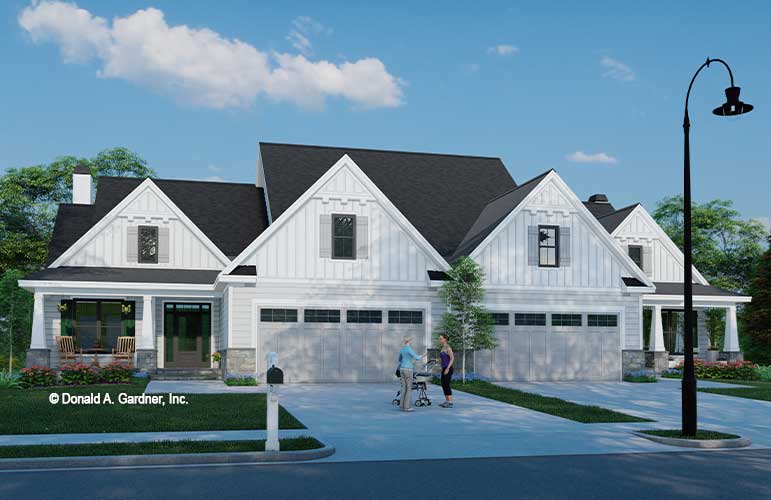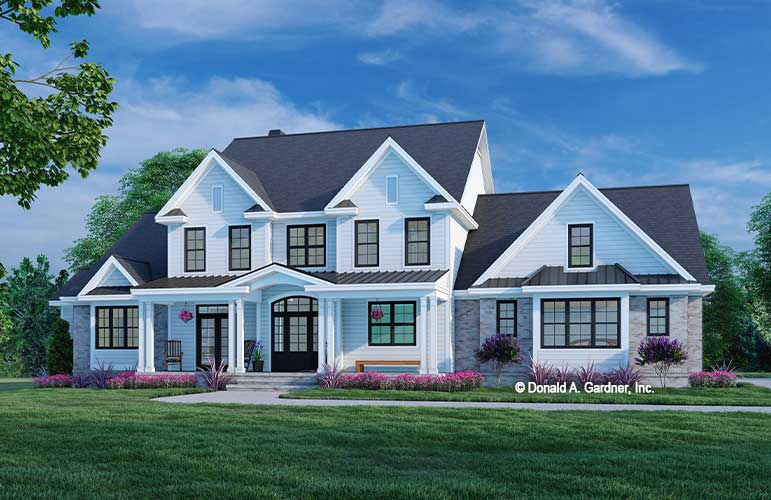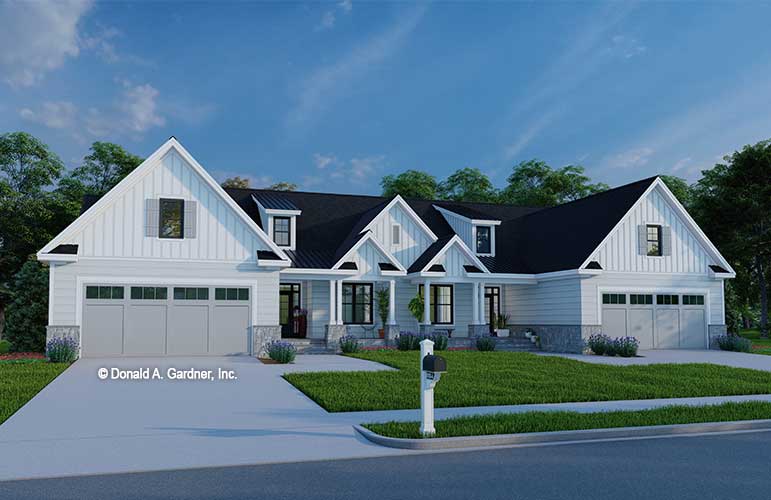
The need for multi-generational housing has increased demand in recent years, driven by various social, economic, and demographic factors. Below we will explore some of the key reasons contributing to the growing demand for multi-family housing.
Economic Pressures:
– Rising Housing Costs: Escalating housing costs and property prices, particularly in urban areas, make it financially challenging for individuals to afford separate homes.
– Financial Efficiency: Sharing living expenses among multiple generations can provide financial stability and efficiency.
Aging Population:
– Increased Life Expectancy: People are living longer, leading to a growing aging population.
– Healthcare Costs: As healthcare costs rise, families may choose to live together to share caregiving responsibilities and reduce the burden of healthcare expenses.

Cultural Shifts:
– Cultural Values: In some cultures, living with extended family members is a deeply ingrained tradition and a source of support and companionship.
– Changing Norms: Societal norms around family structure and living arrangements are evolving, making multi-generational living more acceptable and practical.
Childcare Support:
– Childcare Assistance: Having grandparents or other family members in the same household can provide built-in childcare support, allowing parents to work or pursue other responsibilities.
Social and Emotional Benefits:
– Emotional Support: Living with multiple generations can offer emotional support and companionship, reducing feelings of isolation, especially for older individuals.
– Shared Responsibilities: Families can share household chores, caregiving responsibilities, and other tasks, creating a sense of community and mutual support.

Environmental Concerns:
– Reduced Environmental Impact: Sharing resources in a multi-generational household can result in a smaller environmental footprint compared to maintaining separate residences.
Global Events and Economic Uncertainty:
– Economic Downturns: During economic downturns or periods of uncertainty, families may choose to consolidate resources by living together.
– Global Events: Events like the pandemic have highlighted the importance of family support and safety, leading some to reconsider living arrangements.
Housing Design and Accessibility:
– Adaptable Housing: Architects and builders are increasingly considering the needs of multi-generational households in home design, creating spaces that accommodate different age groups and abilities. Duplex home plans allow family members to live connected lives while still maintaining independence and privacy.
The increased need for multi-generational housing underscores the importance of flexibility in housing policies, urban planning, and societal attitudes toward diverse family structures. This need is likely to continue evolving as demographics, economic conditions, and cultural norms shift over time.
Begin your house plan search at www.dongardner.com





